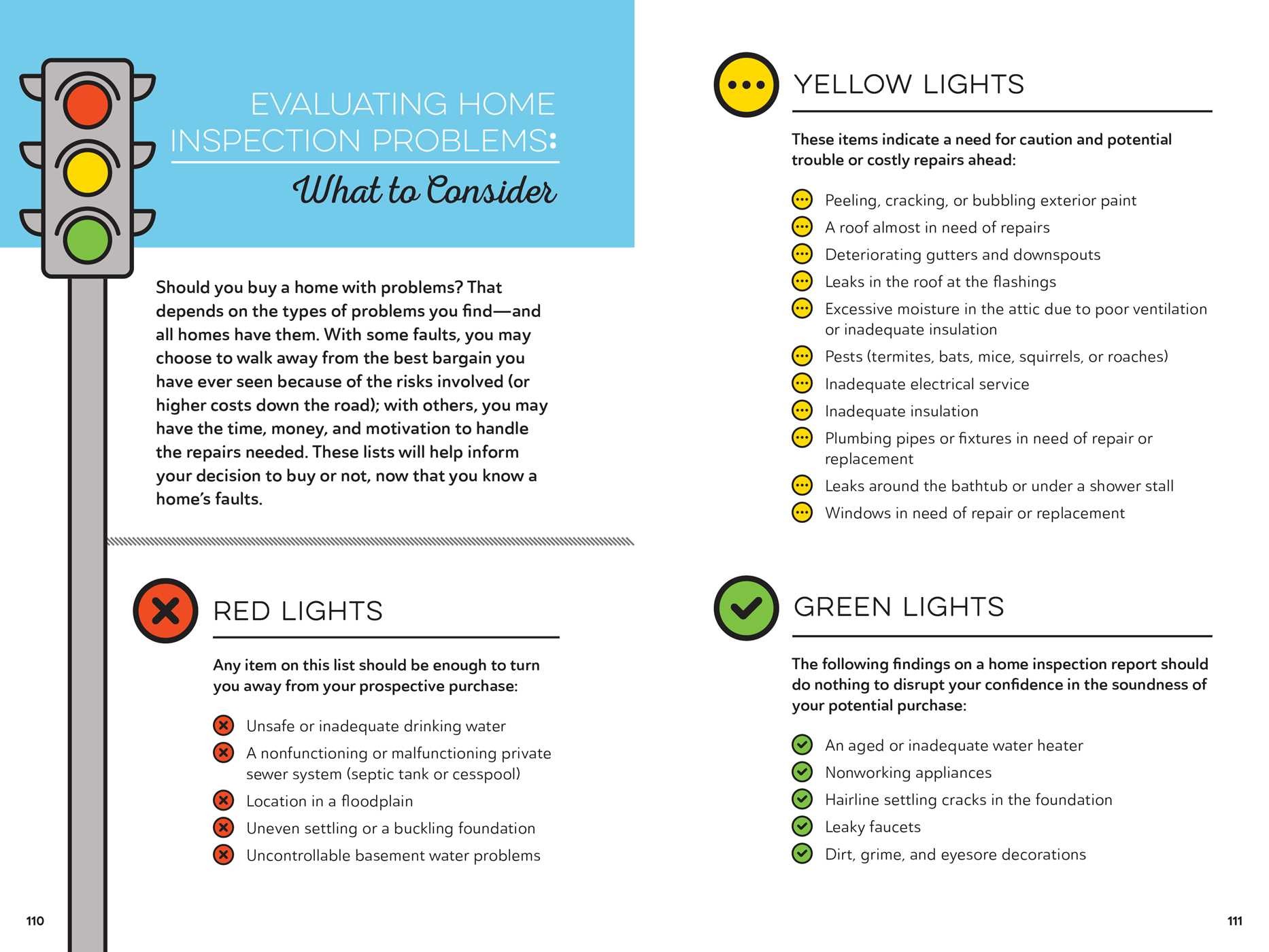The Contribution Of Roofing Ventilation To An Effective Setup Process
The Contribution Of Roofing Ventilation To An Effective Setup Process
Blog Article
Web Content Writer-Thorpe Ploug
When you're taking on a roofing project, you could not assume much regarding roofing ventilation, but it's even more essential than you understand. Reliable air flow helps manage temperature level and wetness in your attic room, protecting against issues like mold and mildew and structural damages. By comprehending how to develop and set up a balanced air flow system, you can boost energy performance and prolong the lifespan of your roofing products. So, what are the vital elements to consider during installment that can make all the distinction?
Importance of Roof Ventilation
Roofing system ventilation plays an important duty in preserving the total health of your home. By enabling fresh air to circulate through your attic room, it helps control temperature level and wetness degrees. This balance is essential to avoid warm buildup throughout hot months, which can lead to increased power expenses as your air conditioning burns the midnight oil.
In addition, correct ventilation considerably reduces the risk of moisture-related concerns like mold and mildew and mold. If humidity degrees increase, your home's architectural stability can be endangered, bring about costly fixings. You wouldn't intend to deal with rotting wood or deformed roof products, right?
In addition, appropriate air flow expands the life-span of your roofing system. When warm and wetness are kept in check, your roofing can carry out efficiently, protecting against premature deterioration. This indicates less migraines and expenditures down the line.
How Roof Ventilation Works
Reliable roofing ventilation relies upon the all-natural activity of air to produce an equilibrium between consumption and exhaust. When you set up vents, you're essentially permitting fresh air to enter your attic while allowing hot, stagnant air to get away. This procedure assists manage temperature level and dampness degrees, stopping problems like mold and mildew development and roofing system damage.
Intake vents, typically found at the eaves, draw in cool air from outside. On link web page , exhaust vents, located near the ridge of the roofing system, let hot air increase and departure. The distinction in temperature level develops a natural airflow, known as the pile result. As warm air surges, it creates a vacuum that draws in cooler air from the reduced vents.
To maximize this system, you need to guarantee that the intake and exhaust vents are appropriately sized and positioned. If the consumption is limited, you will not achieve the preferred ventilation.
Also, sky can trap heat and moisture, resulting in prospective damages.
Secret Installation Factors To Consider
When setting up roof air flow, a number of vital factors to consider can make or break your system's performance. First, you require to evaluate your roofing system's style. The pitch, shape, and materials all influence airflow and air flow choice. Make sure to select vents that suit your roofing type and local environment conditions.
Next, take into consideration the placement of your vents. Preferably, you'll desire a balanced system with intake and exhaust vents positioned for optimum air movement. Area intake vents low on the roofing system and exhaust vents near the peak to urge an all-natural flow of air. This arrangement assists avoid moisture buildup and promotes power efficiency.
Don't ignore insulation. Correct insulation in your attic room avoids heat from leaving and maintains your home comfortable. Ensure that insulation does not block your vents, as this can impede airflow.
Last but not least, think of upkeep. Pick air flow systems that are simple to gain access to for cleansing and assessment. Regular upkeep guarantees your system remains to work properly in time.
Verdict
Finally, roof air flow is necessary for an effective installation. By making certain proper air movement, you can avoid warm buildup and dampness concerns that cause costly damage. When you purposefully setting intake and exhaust vents, you boost energy performance and prolong the life expectancy of your roof covering. Bear in mind, a well-ventilated roofing not only secures your financial investment but additionally improves your interior air quality. So, prioritize air flow to make sure a resilient and affordable roofing system for your home.
